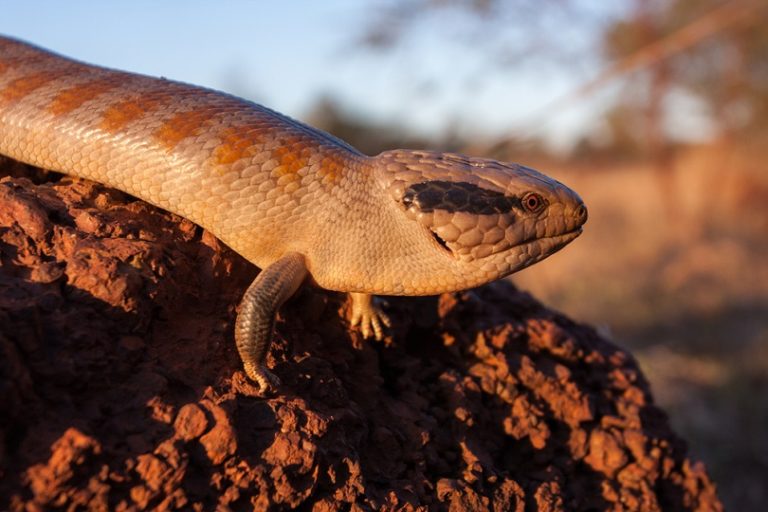
In this short video, a leopard lizard slowly wriggles its long tail as if using it as a lure. Pictures show where a Variegated Skink hid itself under a rock. Lizards hide in holes, cracks, and under rocks and other objects. This adult with a very long intact tail frequents this Mulberry tree. San Diego Alligator lizards are good climbers, using their somewhat prehensile tail to hold on, but they aren't easy to spot in trees since they blend in well with the branches. This video shows several Northern Desert Iguanas in the Colorado Desert, including one emerging from it's hiding hole. Sincerely,ĭr.These are pictures and videos that illustrate some of the interesting behavior and or natural history of lizards from California and around the world.įollow the links on the name of each species to find more pictures and information about it. And for some lizards, being able to ditch their tail might just save their life. Others use their tails as a kind of propeller to help them move through the water. Some lizards can wrap their tails around vines or branches.

Some salamanders can also shed their tails. Some spiders can even regrow missing legs or parts of legs. Some worms split into pieces can grow into new individual worms. In nature, we see other animals that regrow different parts. Like lizards, some squirrels also lose their tails to escape predators. The crested gecko is one lizard that can lose its tail, but it doesn’t grow back. Most lizards can only lose their tails so many times before they can’t regrow them anymore. Meanwhile, a longer iguana tail might take more than a year to grow back. The small green anole has a tail that is only about four inches long, but it takes about two months to grow back. It can take quite a while for the cartilage to form, too. Instead of a tail made of bone, the new tail is often made out of cartilage, the same stuff that’s in your nose and ears. When the lizard’s tail grows back, it’s a bit different than it was before. This distracts a predator and gives the lizard plenty of time to escape. In fact, sometimes the tail will keep moving for upwards of a half hour. Nerves from the lizard’s body are still firing and communicating with each other. When a lizard detaches its tail, the tail whips around and wiggles on the ground. The main reason a lizard loses its tail is to defend itself. They are the places where the tail can detach. Along the tail are several weak spots called fracture planes, Logsdon said.
AND YET IT MOVES LIZARD SERIES
Lizards have a series of small bones that run down their back. My friend Marcie Logsdon was taking care of the big iguana and several other exotic animals.

They have four legs and claws, and a tail, which they sometimes lose and grow back. Lizards hatch from eggs, have a backbone, scales, and depend on the environment to keep warm. Just the other day I saw a big green iguana when I visited the Washington State University Veterinary Teaching Hospital in search of an answer to your question. Maybe you’ve seen one climbing up the wall, scurrying through the grass, or at the pet store. Our planet is home to all kinds of lizards.


 0 kommentar(er)
0 kommentar(er)
